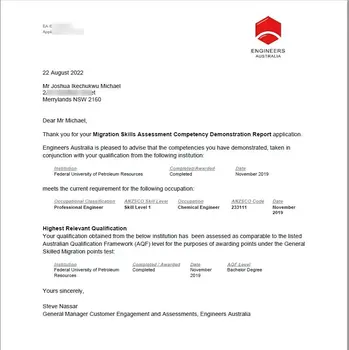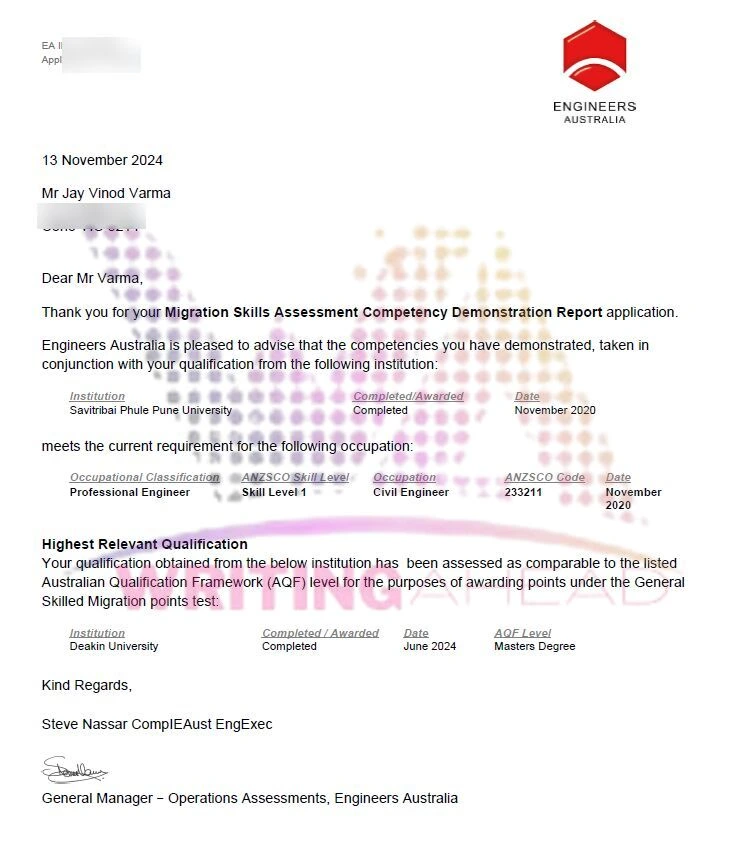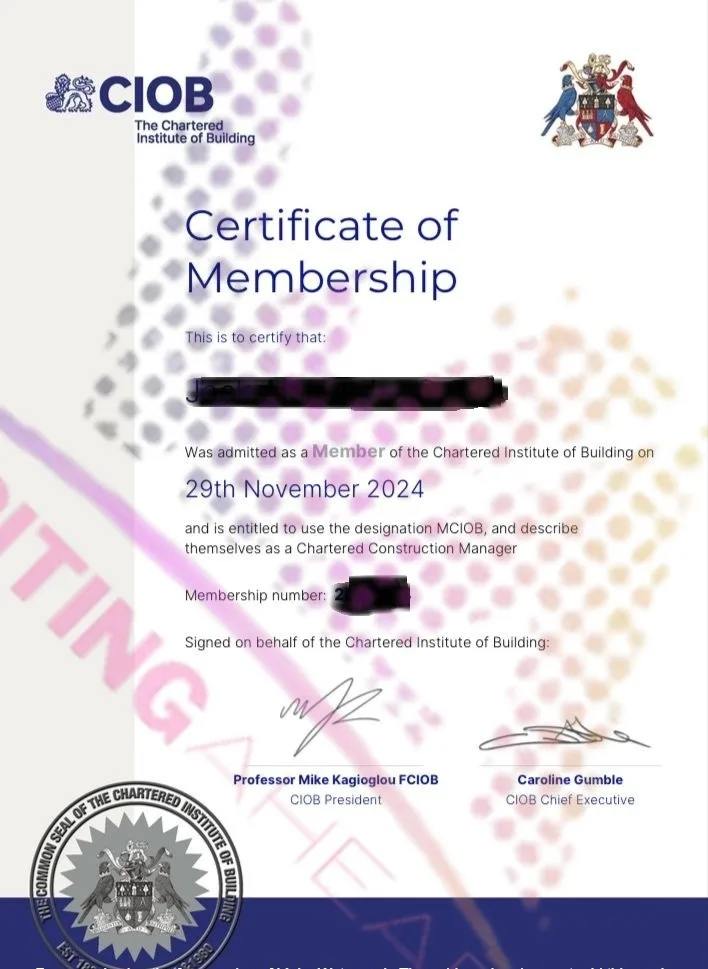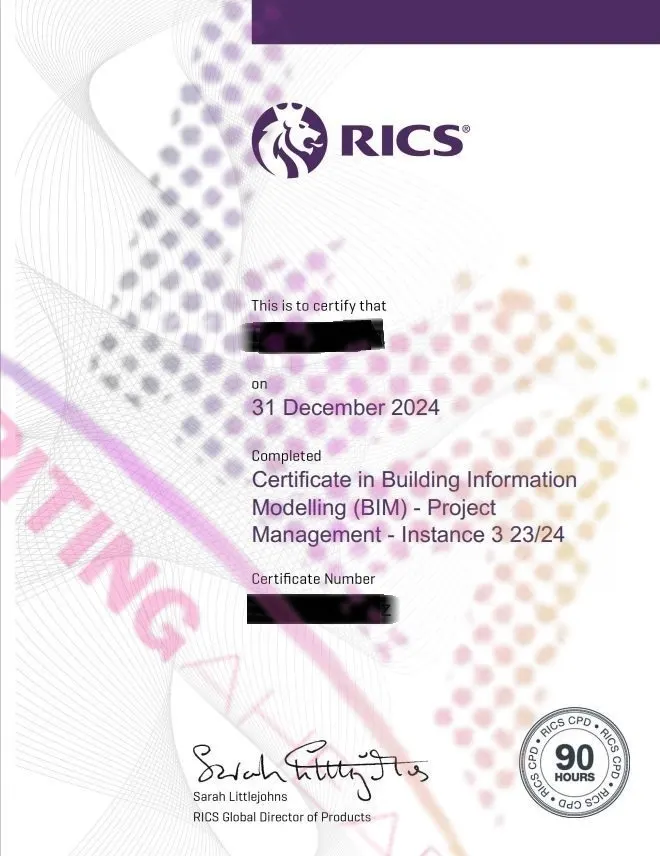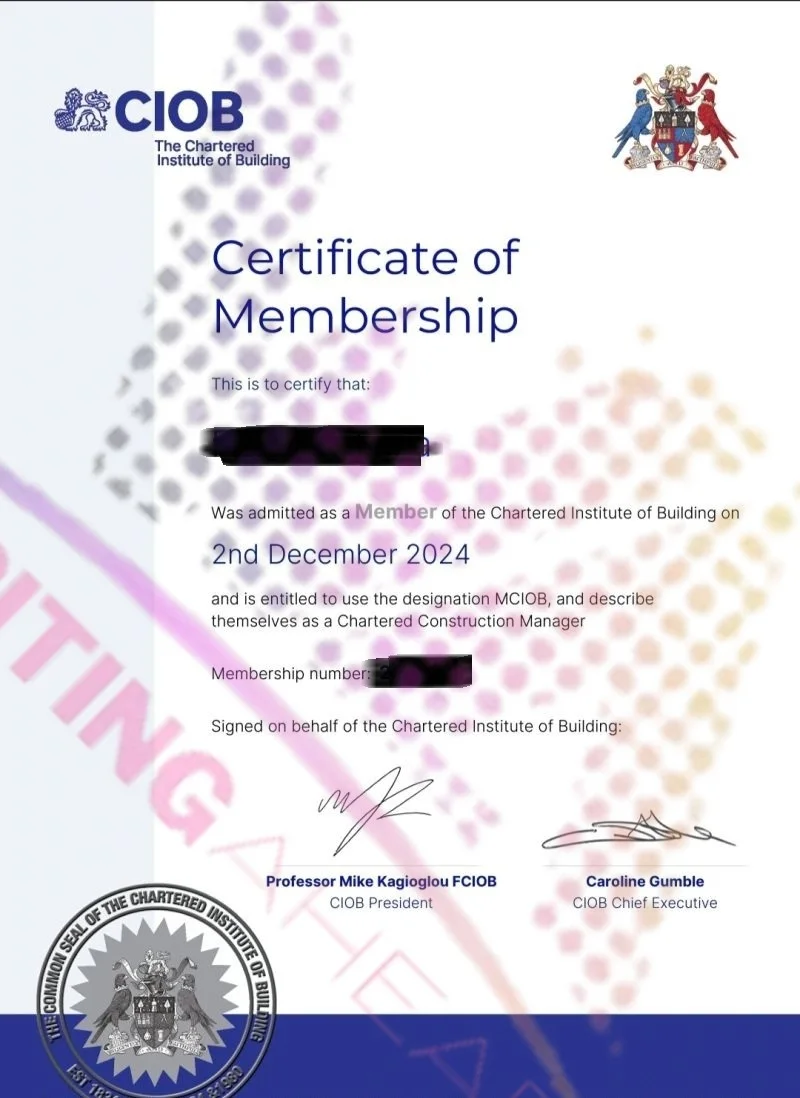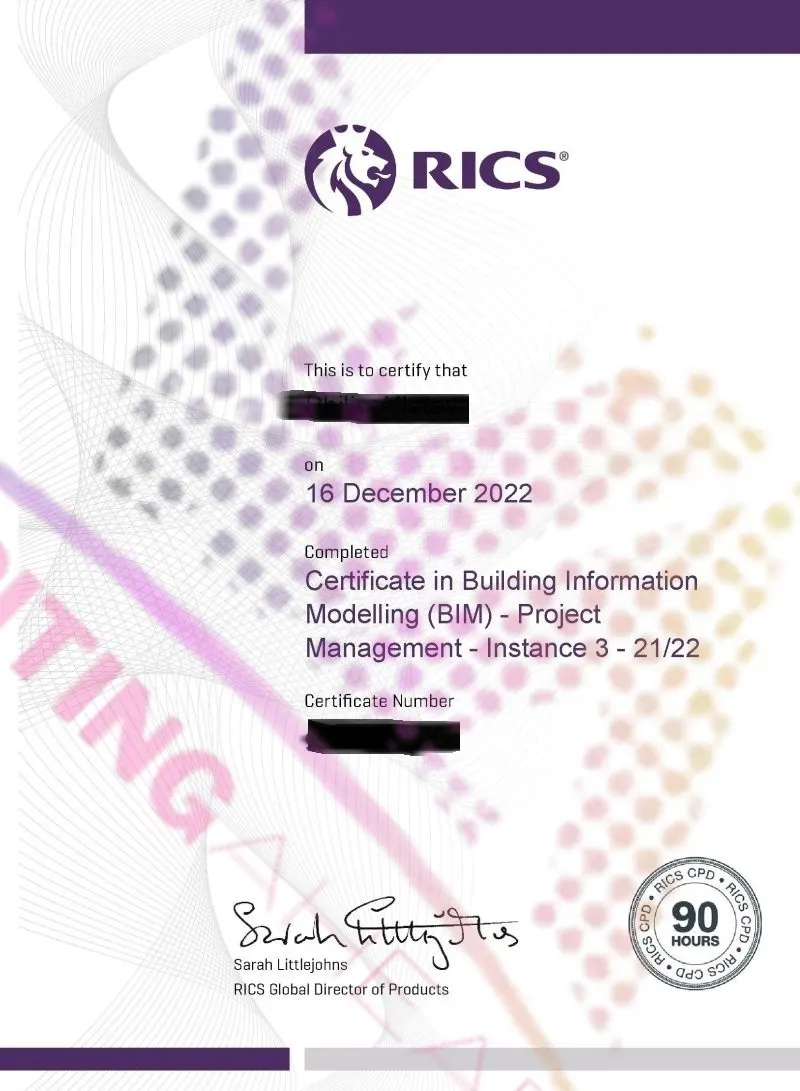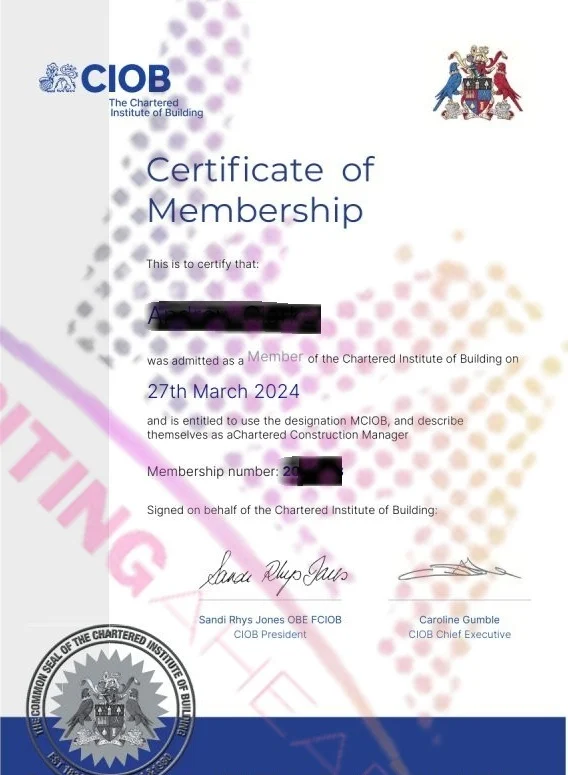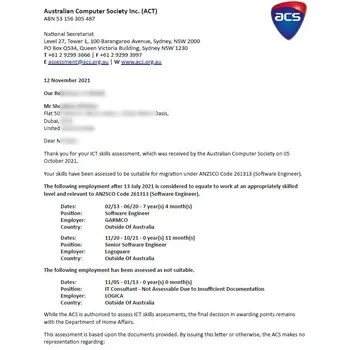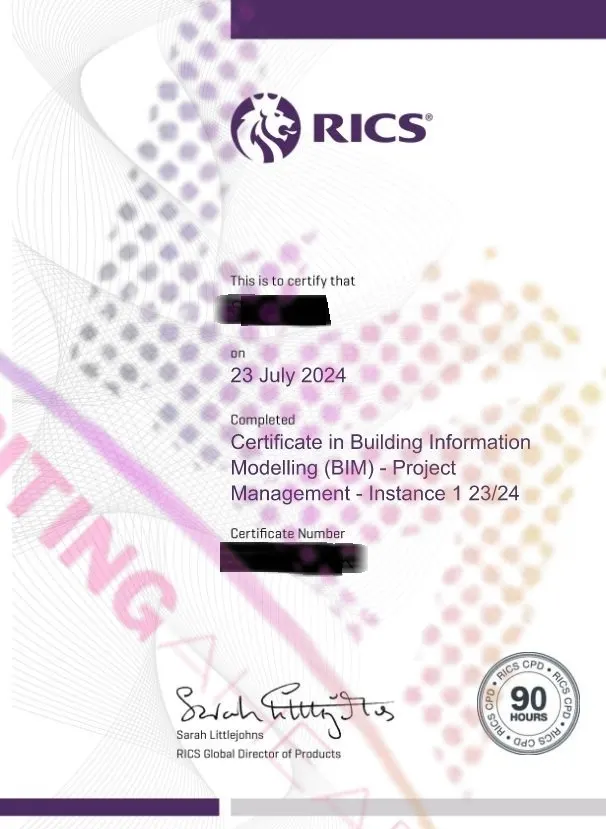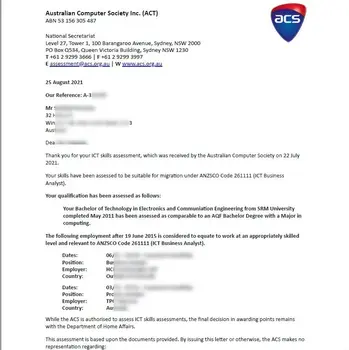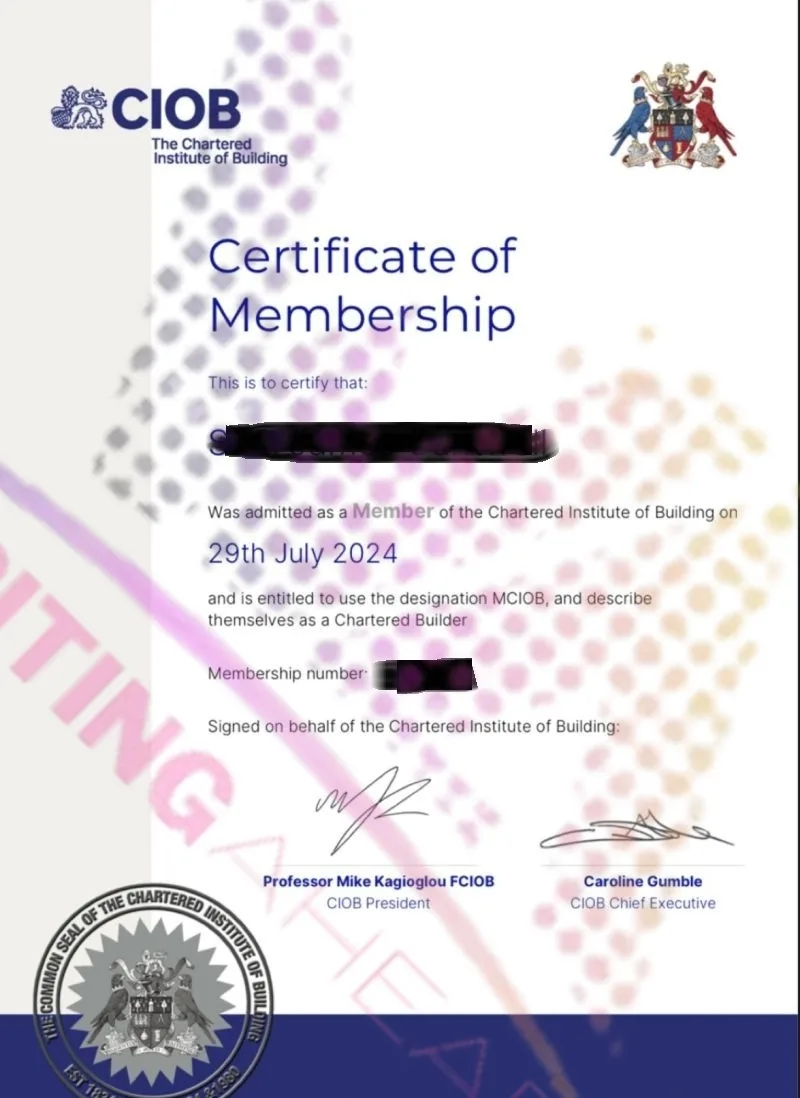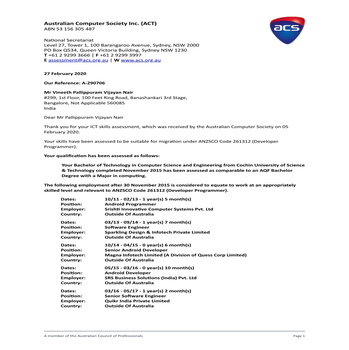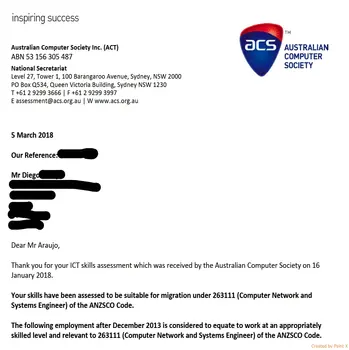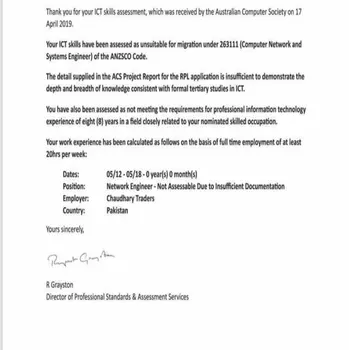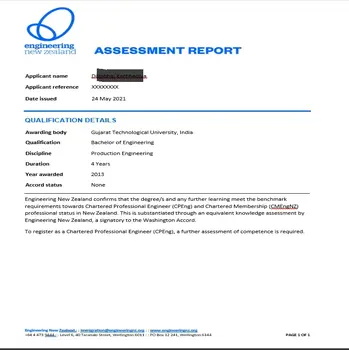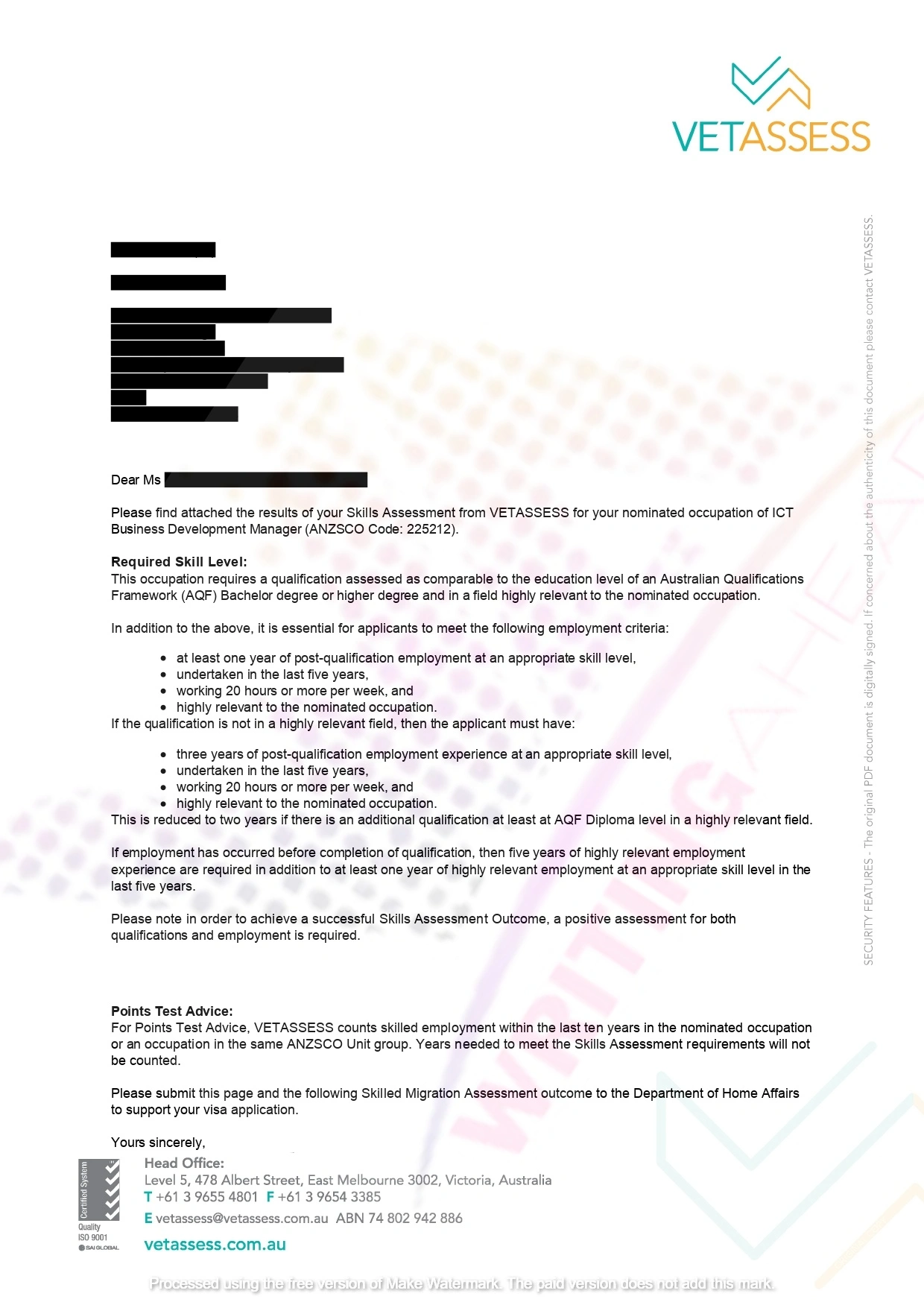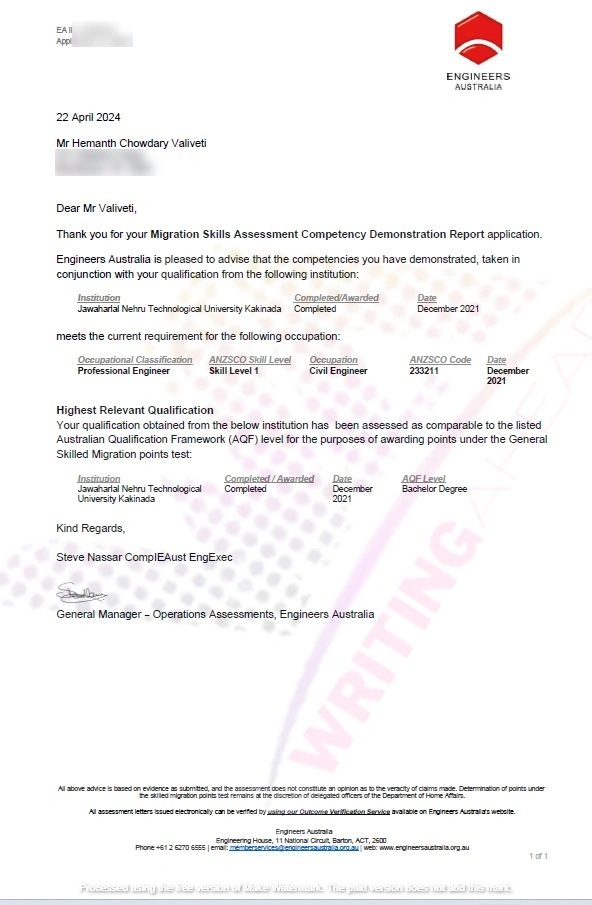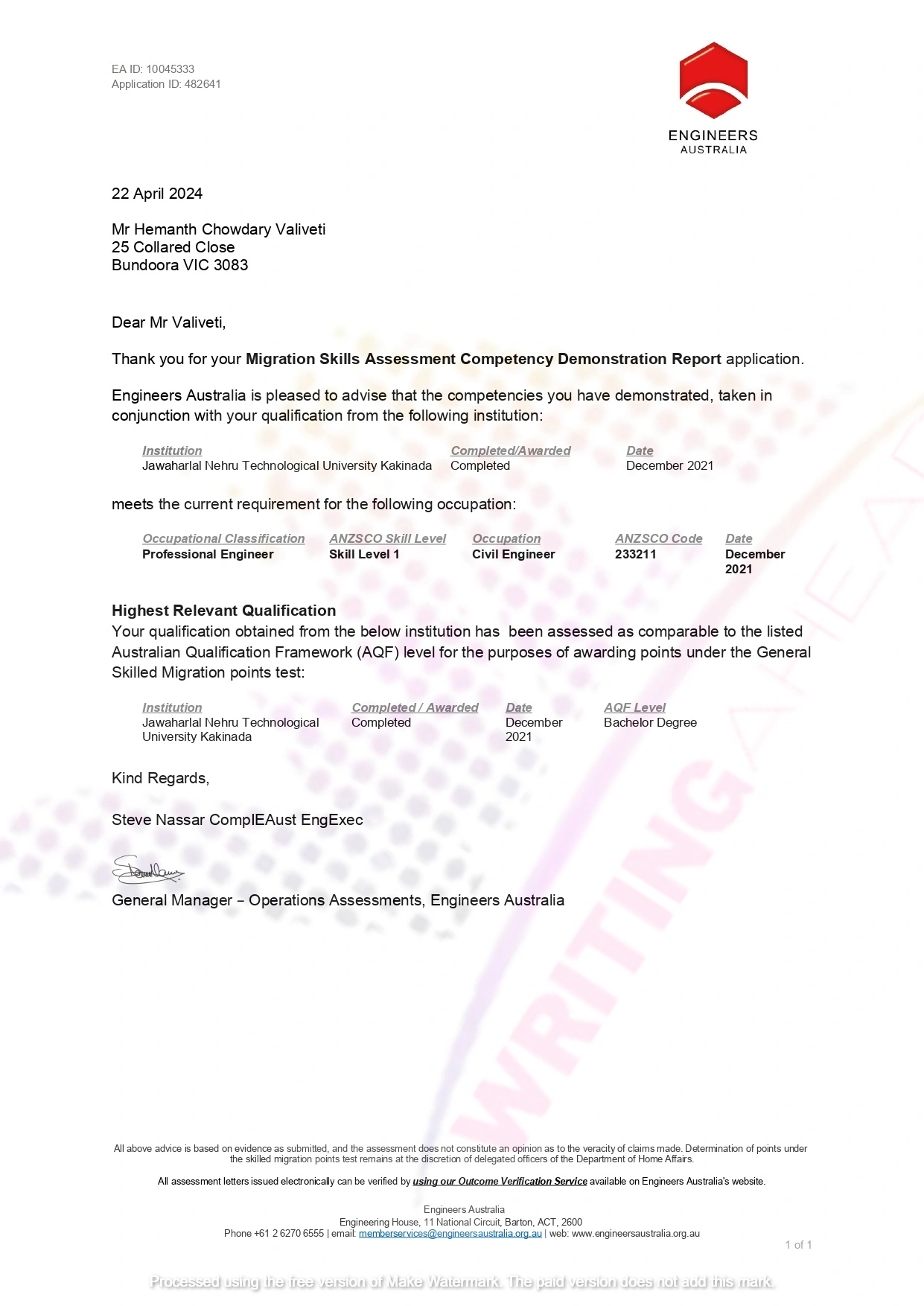Registered Professional Engineer Queensland - RPEQ Register
🏅 4.9/5 Rating
Certified Experts
💯 Privacy
Premium Quality
🏅 4.9/5 Rating
Certified Experts
💯 Privacy
Premium Quality
RPEQ (Registered Professional Engineer of Queensland) registration is mandatory requirement for engineers who seeking to provide professional engineering offerings in Queensland, Australia. Governed by Board of Professional Engineers of Queensland (BPEQ), RPEQ registration certifies that engineers own the necessary qualifications, competencies and moral requirements to practice independently inside the nation. Established below the Professional Engineers Act 2002, RPEQ registration ensures that engineering offerings in Queensland are added by ready and approved professionals who adhere to strict ethical and expert recommendations.
Engineers working or providing services in Queensland must have RPEQ registration as:
Engineers working under the direct supervision of RPEQ or providing services outside Queensland are excluded.
Some of the engineering disciplines requiring RPEQ registration include:
| Civil Engineering | Structural Engineering |
| Electrical Engineering | Mechanical Engineering |
| Geotechnical Engineering | Environmental Engineering |
| Software/IT Engineering (related to infrastructure) | Mining Engineering |
| Chemical Engineering | Fire Safety Engineering |
Only RPEQ certified engineers can legally provide independent engineering services.
Is professionally and ethically dedicated toward client and employer.
It provides numerous working prospects on state and corporate level.
RPEQ engineers are trusted with quality work that would satisfy the clients and stakeholders through fulfillment of regulatory requirements.
Qualifications are respected both in Australia and beyond.
| Feature | NER (National Engineering Register) | RPEQ (Registered Professional Engineer of Queensland) |
|---|---|---|
| Regulatory Requirement | Voluntary (with an exception of certain employers and projects) | Mandatory to be able to practice engineering in Queensland |
| Regulatory Authority | Engineers Australia (EA) | Board of Professional Engineers of Queensland (BPEQ) |
| Legal Authority | No legal requirement to hold NER | Legally required to provide independent engineering services in QLD |
| Eligibility Criteria | Recognized qualifications, experience and CPD | recognized Qualifications, experience, and CPD as recognized as well as assessment of competency |
| Scope of Practice | Nationwide recognition across Australia | Specific to Queensland |
| Renewal Requirements | CPD and annual registration with EA | CPD and annual renewal with BPEQ |
| Recognition | Industry recognition but not legally required | Legal recognition to sign off engineering work in QLD |
To provide RPEQ report, one should be quite precise and aware of the engineering norms and legal requirements within the Queensland location in Australia. The errors that are often made in the process of writing the RPEQ report may tamper with effectiveness and reliability of the report and may lead to legal consequences or delays in the process of a project. These are the best 12 common mistakes to watch out.
| Mistake: | Solution: | |
|---|---|---|
| 1. Insufficient Evidence of Competency | Failure to provide sufficient project data, estimates, and technical measures to demonstrate technical expertise. | Make sure the report includes quantifiable information, planning methods, risk assessment, and technical challenges encountered and overcome. |
| 2. Lack of Alignment with EA (Engineers Australia) Competencies | Engineers should not copy the content of the report to the skills requirements set by the Board of Engineers of Australia or Queensland (BPEQ). | Get the report structured based on capabilities of the EA by incorporating areas like problem solving, risk management and consideration of sustainability. |
| 3. Pitiful Structure and Formatting | Writes reports that have messy blocks or that have too much jargon or have messy formatting. | Follow a common sense structure with headings like introduction, project scope, technical competence, risk analysis and conclusions. |
| 4. Overuse of Technical Jargon | Use of technical language that is not defined thus, making it hard to comprehend by the researchers. | Define the technical terms and make them readable to both technical and non technical stakeholder. |
| 5. Lack of Primary Concentration on Risk Management | The inability to emphasize risk identification, analysis, and mitigation plans that are meant to be an instrument of professional engineering. | The paper should include a particular section covering the description of the potential hazards, safety and mitigation strategies applied to the project. |
| 6. Generic Descriptions Instead of Specific Contributions | They present the details about the project without considering the specific aspects of the roles and participation of the applicant. | Emphasise on individual technical contributions and individual decision-making, leadership and problem-solving strategies. |
| 7. Rejection of Legal and Ethical Issues | The failure to comply with the applicable Australian standards, laws and codes of ethics. | Determine some of the technical standards that are relevant (e.g., AS/NZS regulations and how the business satisfies the ethical and the professional requirements.) |
| 8. Proofreading and Editing | Hedging the reports with grammatical mistakes, typos and unclear wordings | Edit the report regularly, and use other professional editing solutions to enhance the report. |
| 9. Lack of Supporting Documentation | Key supporting documents such as photographs, statistics, project reports, and customer feedback were not included. | Include appropriate appendices and context to highlight the work described in the report. |
| 10. Plagiarism and Non-Original Content | Appropriate information about information from previous presentations or Internet sources was not used. | Ensure that the report is fresh and is in own words of the client showing his/her experience and his/her special talent and abilities. |
| 11. Not Dealing with CPD (Continuing Professional Development) | The posterior saying nothing about continuing education and professional development initiatives. | Include mentioning training, workshop or similar certifications that point to constant progress. |
| 12. Overloading with Irrelevant Information | Includes irrelevant information that helps demonstrate technical excellence. | Stay short and focus on specific skills and technical skills related to RPEQ registration. |
Engineers may face the following challenges during the RPEQ application process.
Only RPEQ certified engineers can legally provide independent engineering services.
Collecting and organizing work experience data and CPD records can be time-consuming.
Some engineers may struggle to meet qualification standards due to gaps in experience or documentation.
The eligibility review and application process can take months to complete.
Get professional support from RPEQ consultants or Engineers Australia to ensure a smooth implementation.
To become Registered Engineer of Queensland, an engineer should meet specific criteria set by BPEQ. RPEQ registration procedure guarantees that engineers are certified, assist professional requirements and are able to provide a provider that places public safety first. Here are the basic requirements for RPEQ registration:
To maintain your RPEQ registration, you must:
Preparation of a high quality RPEQ competency report is required for registration with the Board of Professional Engineers of Queensland (BPEQ). Your report should adequately reflect your technical skills, professional experience and ethical understanding in line with Australian Standards.
Here are the tips and tricks you need to help you create a strong RPEQ performance report:
Use the common sense approach:
Are you confused about how to prepare your competency-based statement on RPEQ? Secure your RPEQ certification in Australia with expert guidance @ Writing Ahead
RPEQ certification is required for engineers working towards expert engineering offerings in Queensland, mainly in fields like civil, structural, electric and mechanical engineering. It is legally mandatory for the ones supervising, certifying or signing off on engineering projects. Many employers and government projects additionally require RPEQ-licensed engineers for compliance.
Engineers Australia (EA) is an approved assessment body that assists RPEQ applicants to:
To obtain an RPEQ in Queensland, you need a recognized engineering degree, a minimum of 5 years relevant experience and a successful qualifications assessment from an approved body (e.g., Engineers Australia) in addition, and you have applied to the Board of Professional Engineers of Queensland for registration Before you guys Demonstrate continuous professional development (150 CPD hours over 3 years) and comply with ethical professional standards.
No, you generally cannot obtain the RPEQ designation without an appropriate engineering degree. BPEQ requires applicants to hold 4 year engineering degree (or equivalent) recognized by Engineers Australia or another approved research body.
However, in some cases, if you have significant industry experience and preferred qualifications you may be able to undertake a competency-based assessment through approved assessment bodies, which may provide you with a pathway to eligibility Look directly at BPEQ or assessment consult with the authorized body for specific eligibility options based on experience.
No, NER is not the same as RPEQ, but they are related. Applying for an RPEQ can be made easier by registering for an NER, as the NER means you meet Engineers Australia’s professional standards. However, the RPEQ requires additional competency assessment and registration with the BPEQ.
The CPEng (Chartered Professional Engineer) is a globally recognized certificate issued by Engineers Australia, which recognizes that an engineer is capable and professional, but is not required by law to practice RPEQ is legal mandatory certification administered by BPEQ Essential when CPEng While enhancing career prospects, RPEQ gives you legitimacy is there a right to work in Queensland.
To become an RPEQ you need an authorised engineering degree, as a minimum 5 years of experience and a competency assessment from an approved entity like Engineers Australia. After assessment, follow to BPEQ for registration.
Under the Professional Engineers Act 2002, RPEQ certification is required to legally provide independent engineering services in Queensland, and is mandatory for engineers signing up for, providing or carrying out consultancy services work in regulated industries not supervised by RPEQ. RPEQs are not required for engineers working under supervision or outside Queensland.
No, you generally cannot obtain an RPEQ without a recognized engineering degree. BPEQ calls for applicants to have a recognized 4 year engineering degree or equivalent qualification to meet education necessities.
However, in case you don’t have a degree but have considerable engineering experience, you may explore different options thru a competency-based assessment from an approved assessment body together with Engineers Australia to demonstrate equivalent qualifications.
The WritingAhead is a secure option in RPEQ writing, and with professional engineering writers boasting bespoke, BPEQ compliant competency reports. They provide high rate work with quick turnaround and content that is not a plagiarism and well structured. WritingAhead can complete the RPEQ application process with engineers by taking them through all the stages of the process; it offers its services at affordable rates and does not charge any revision fees; it keeps all matters confidential.
